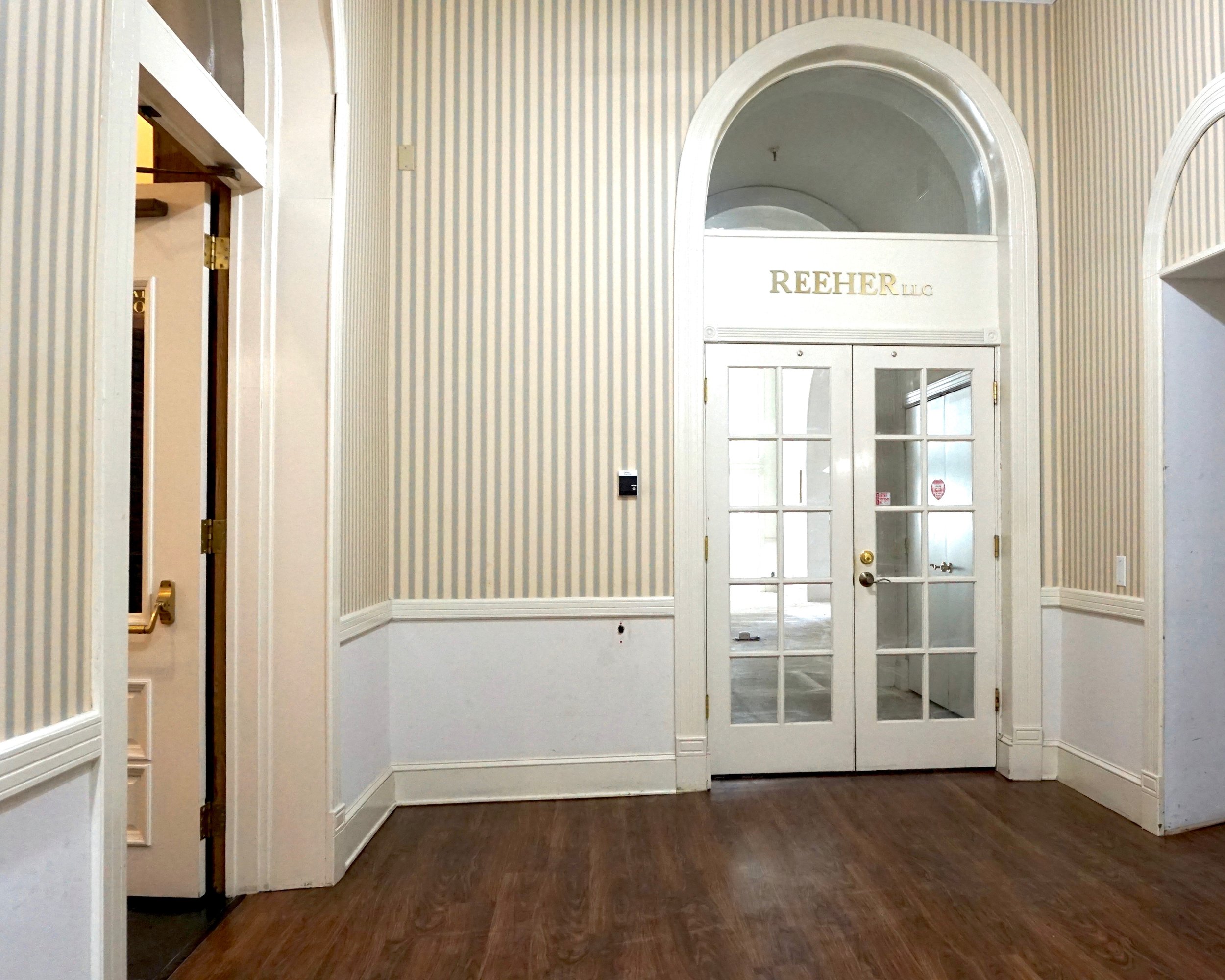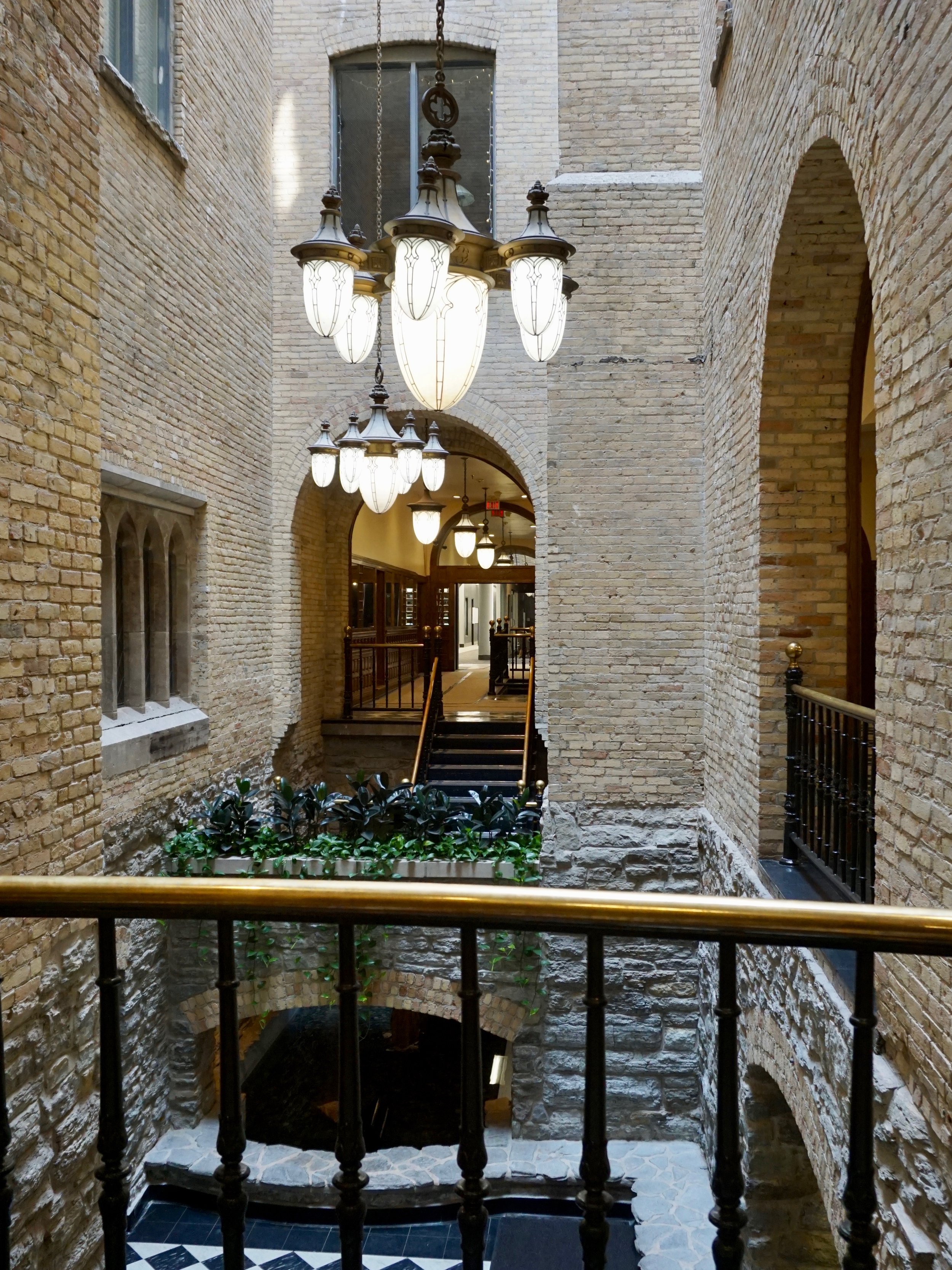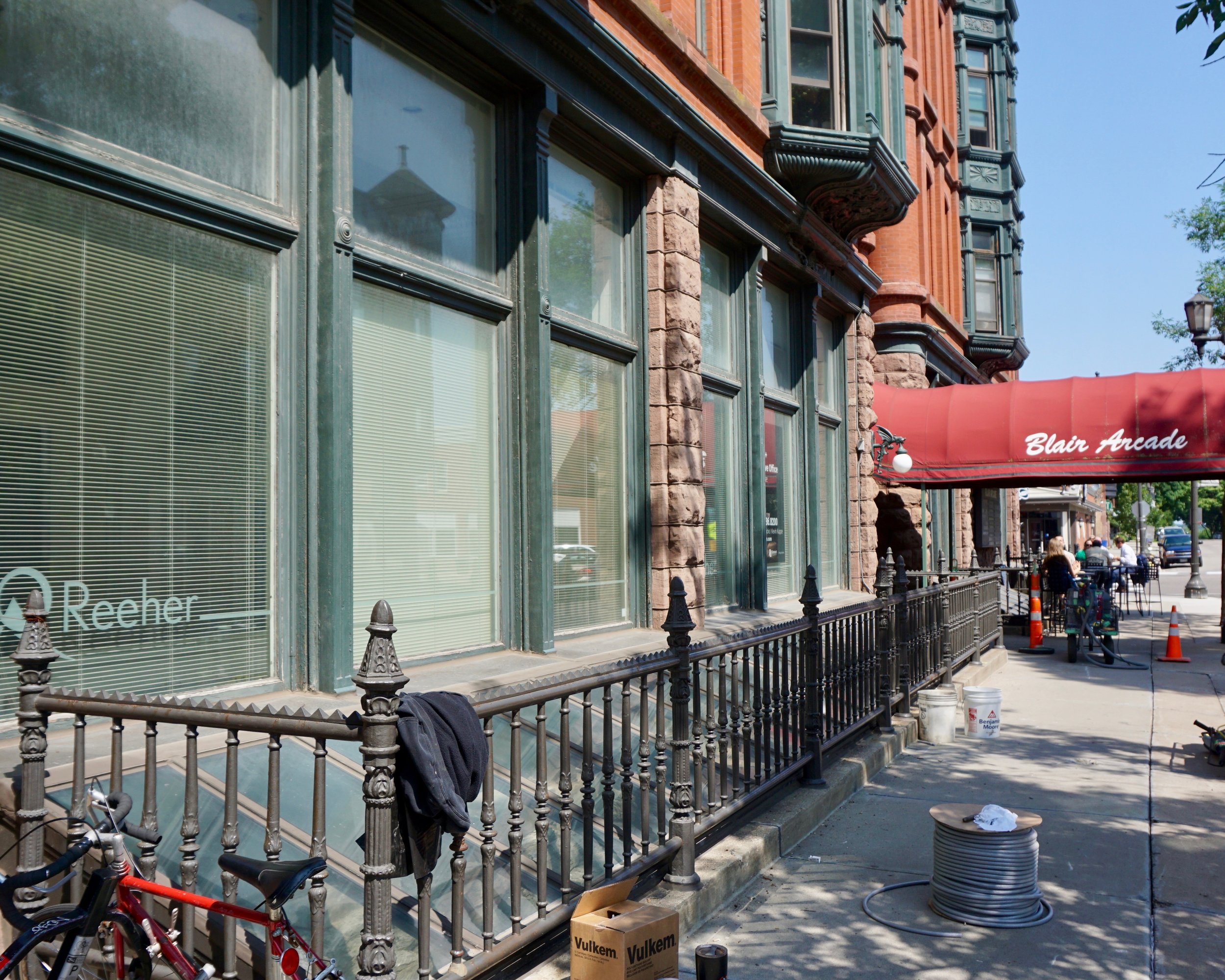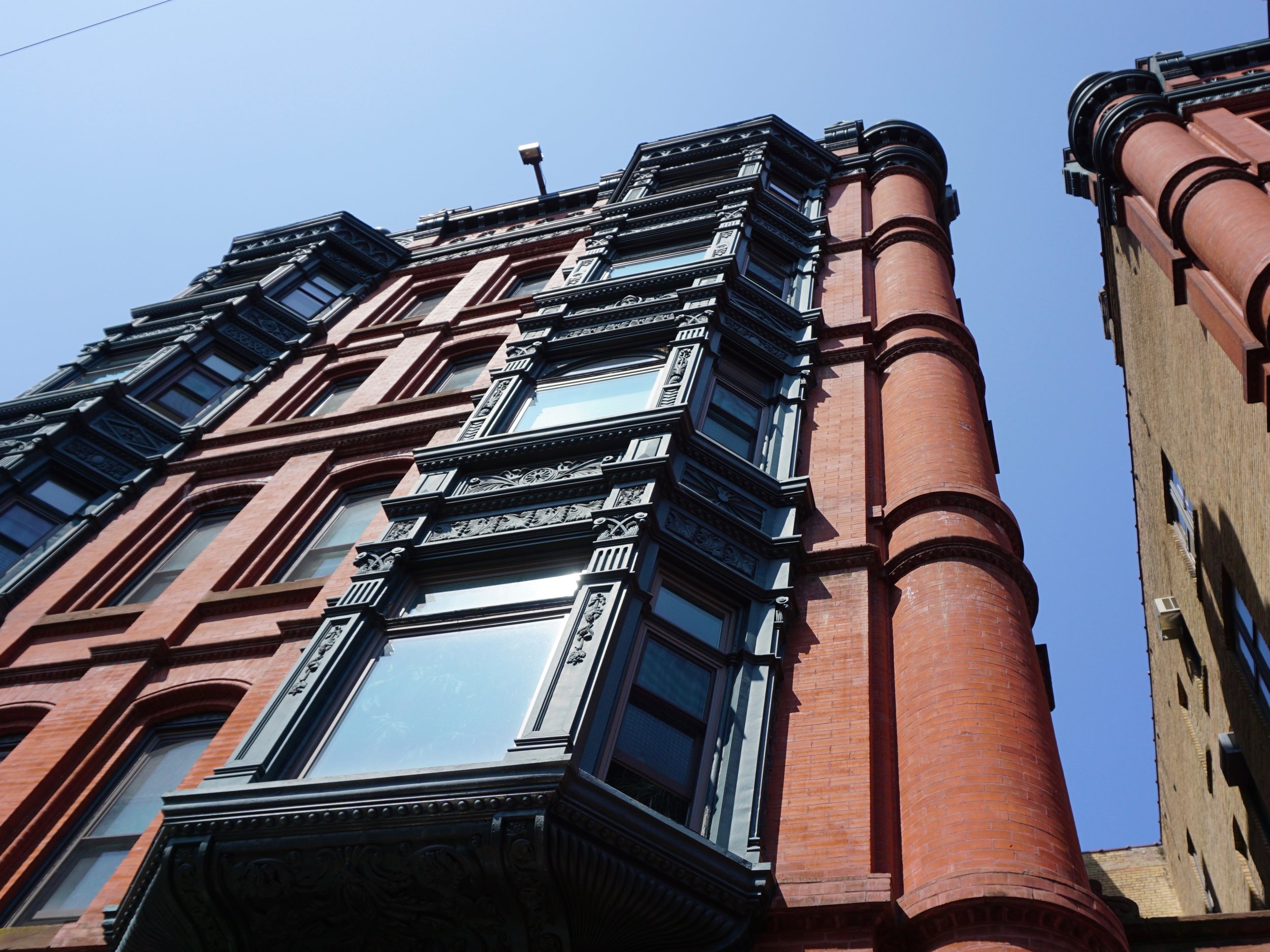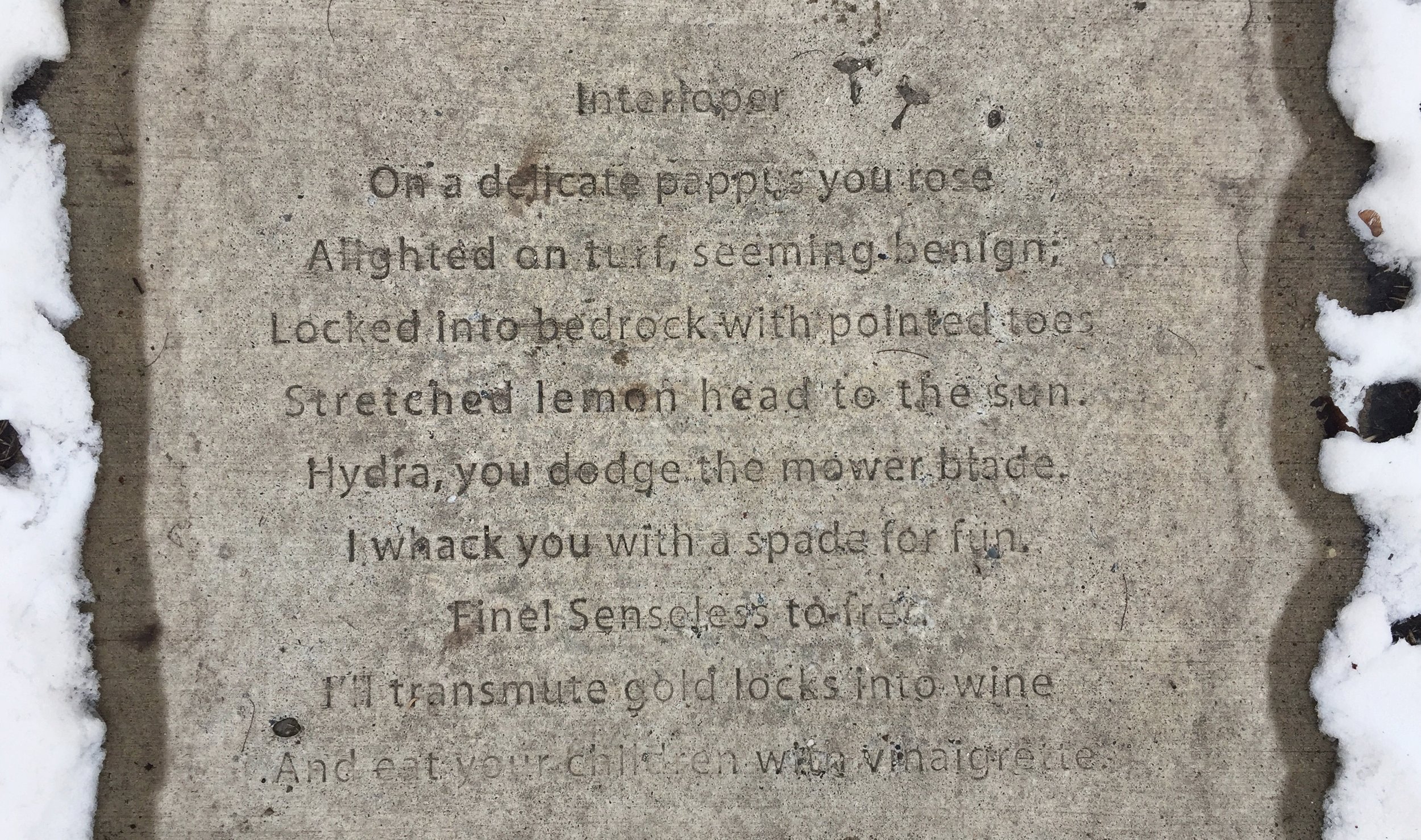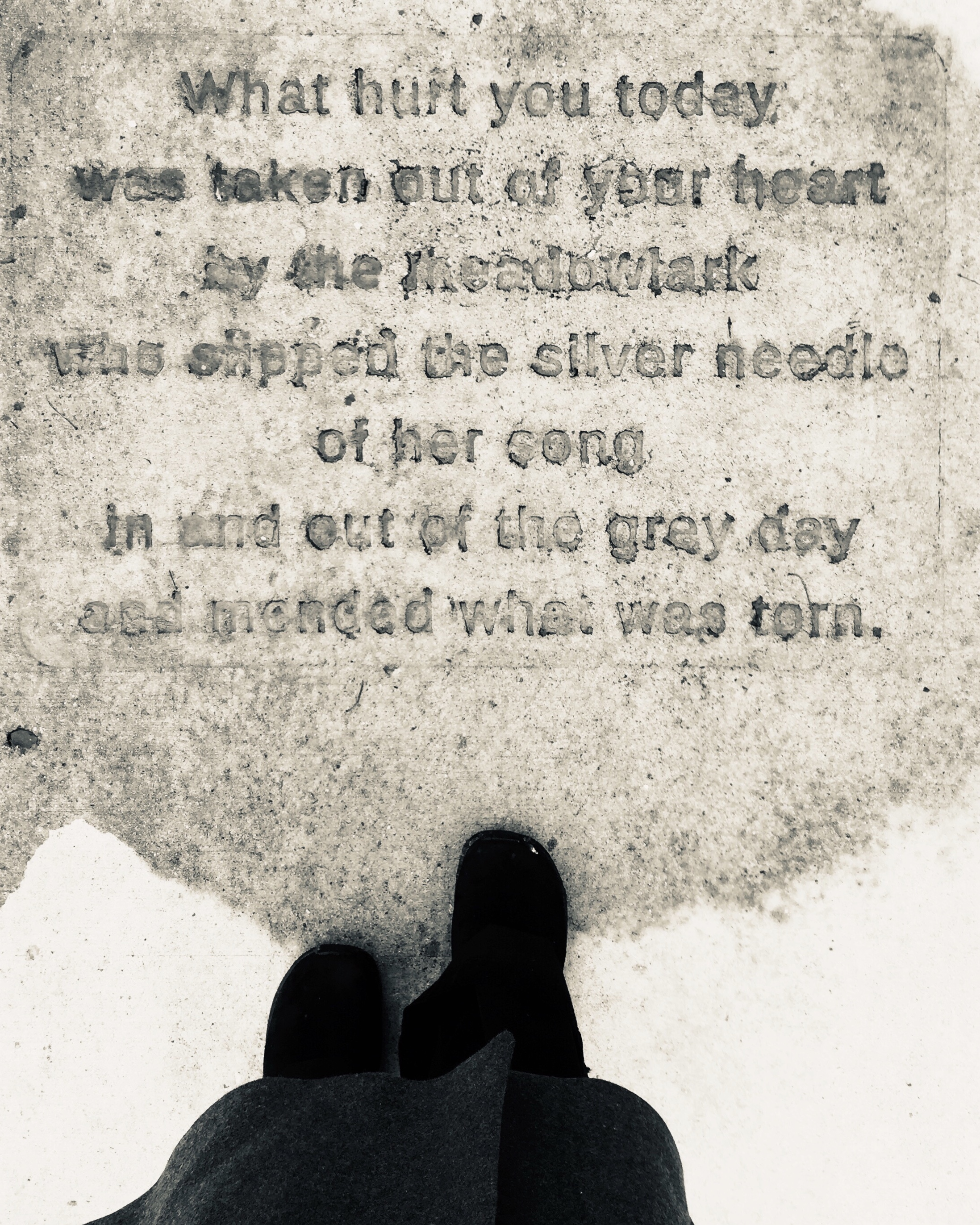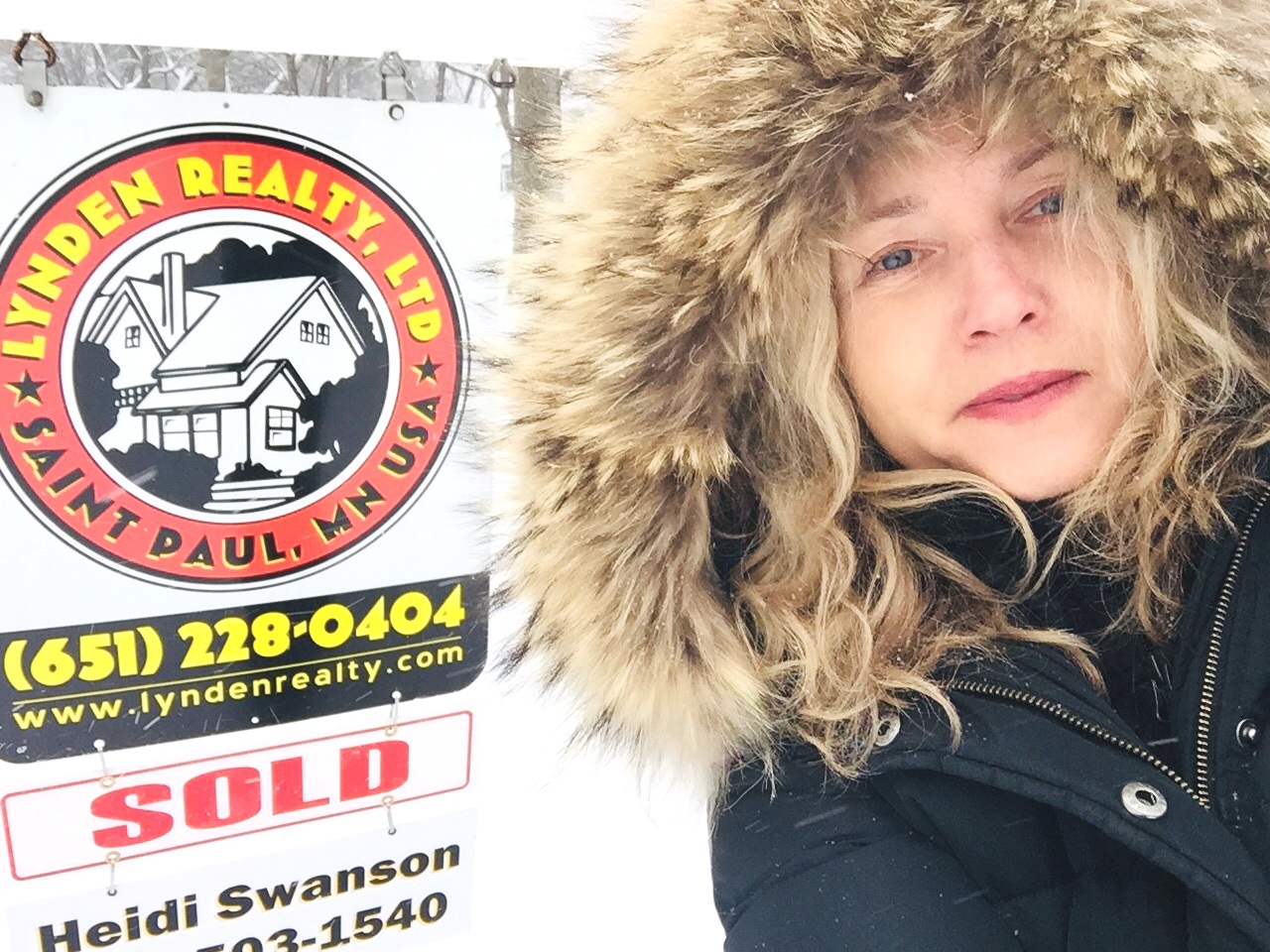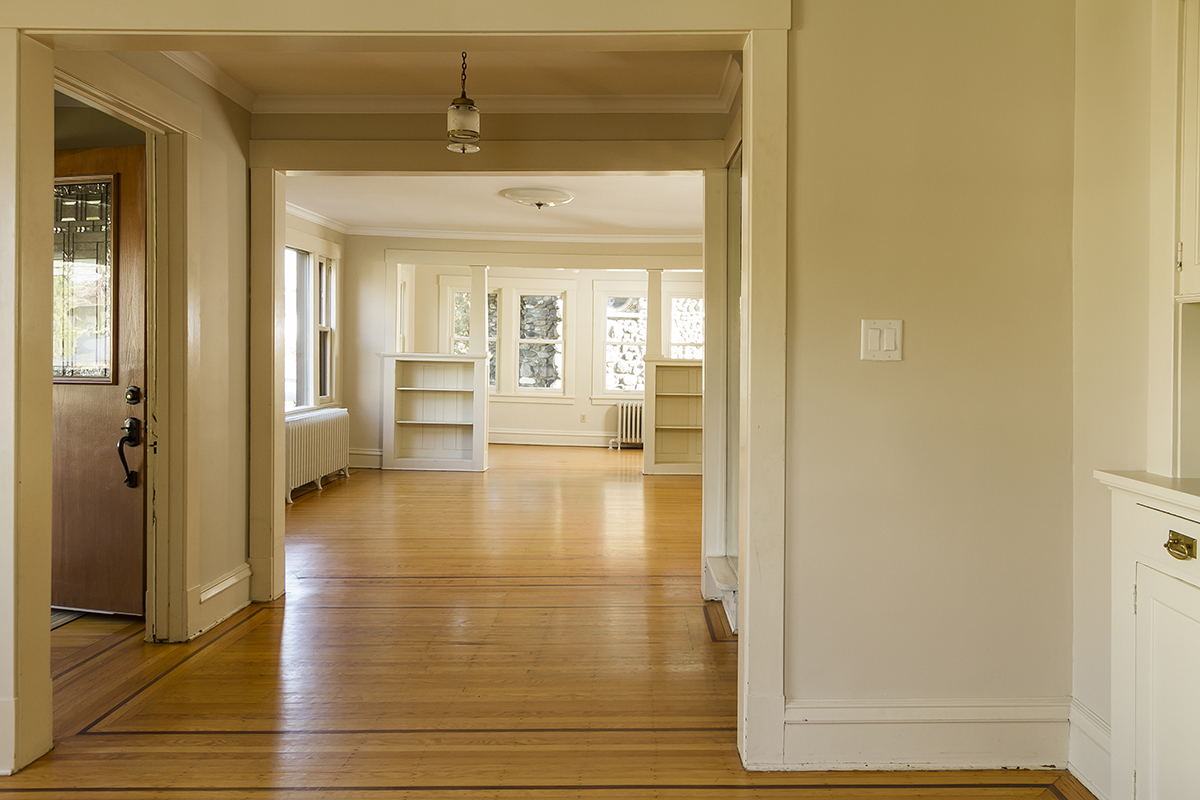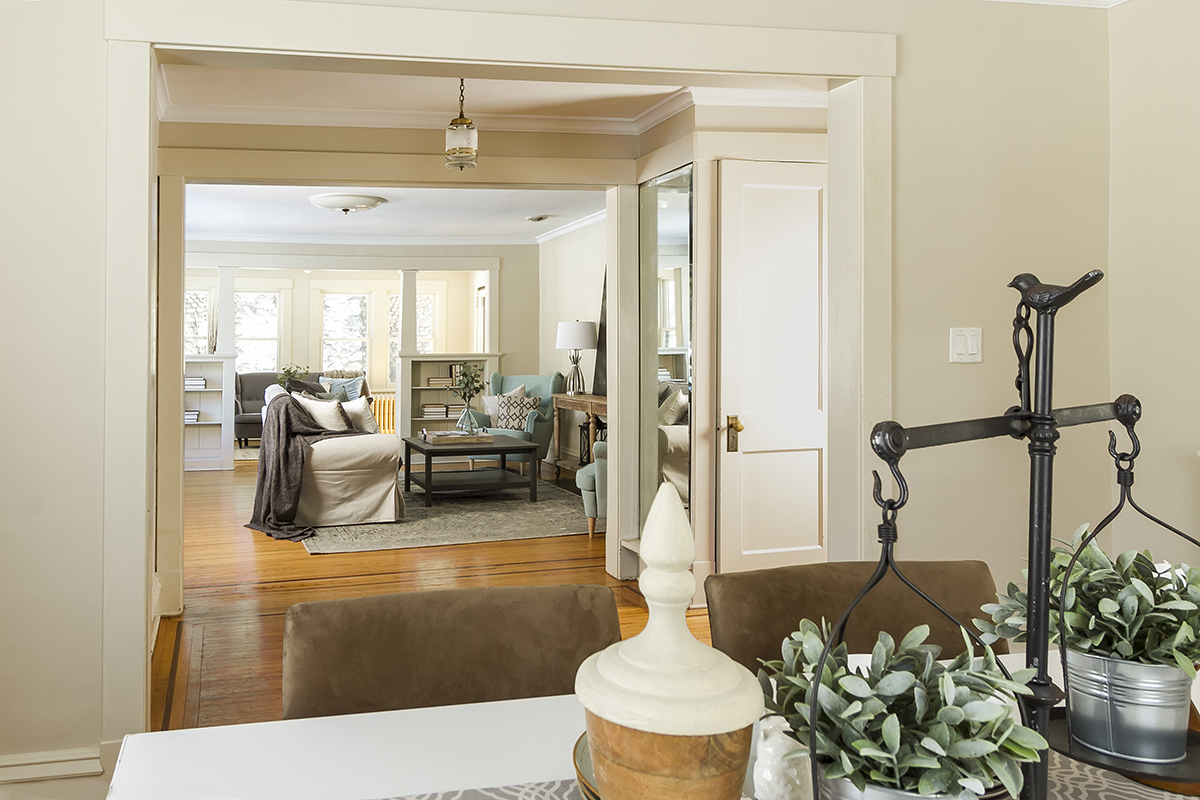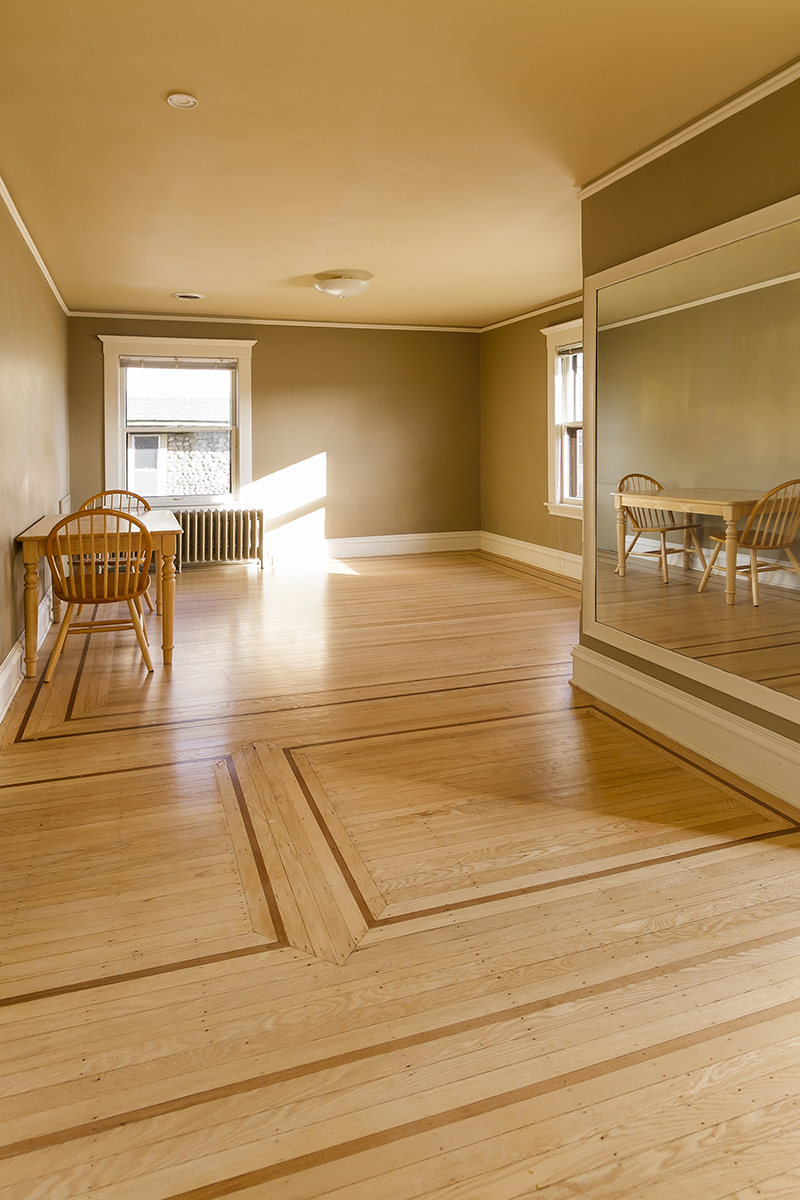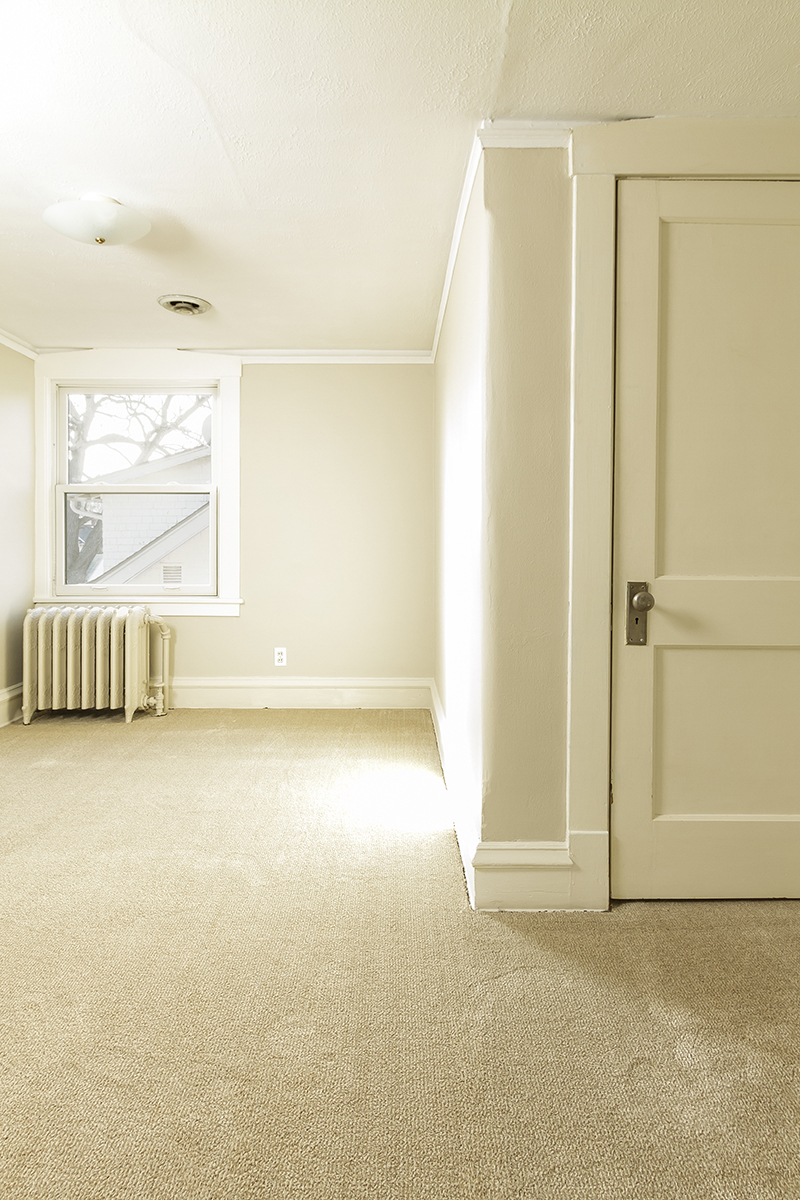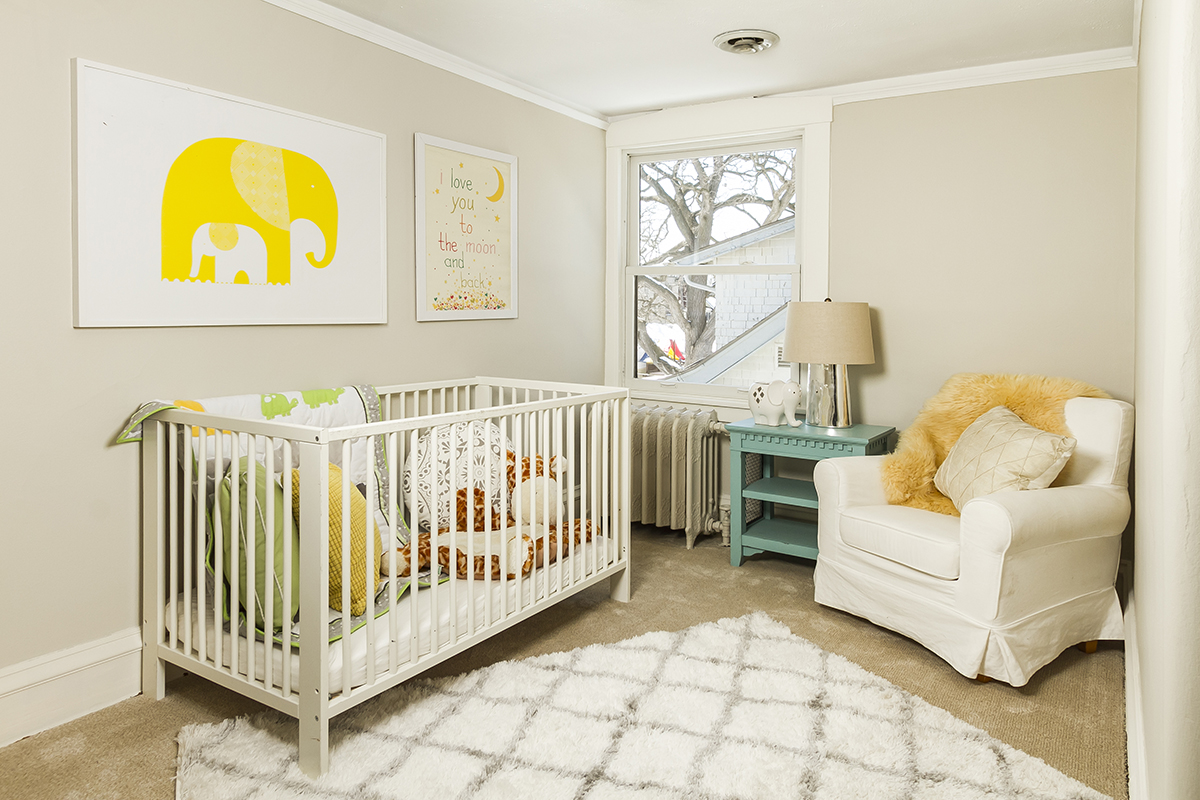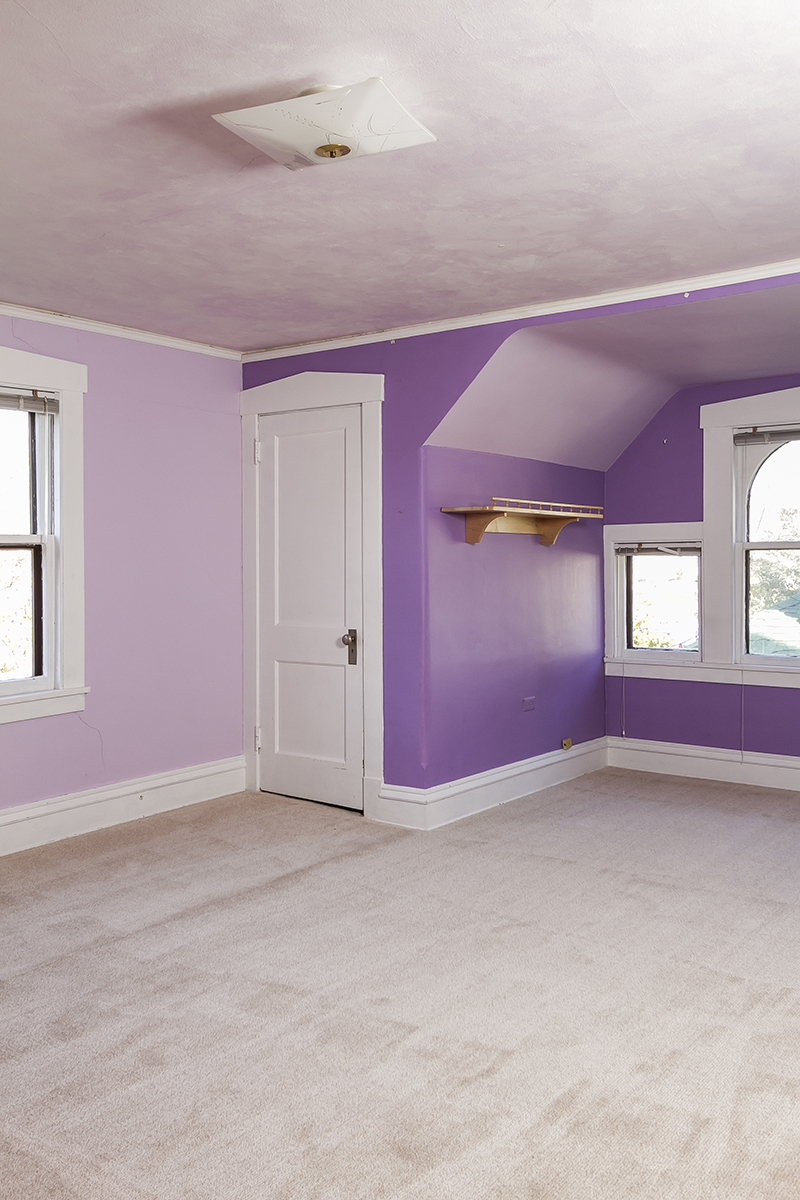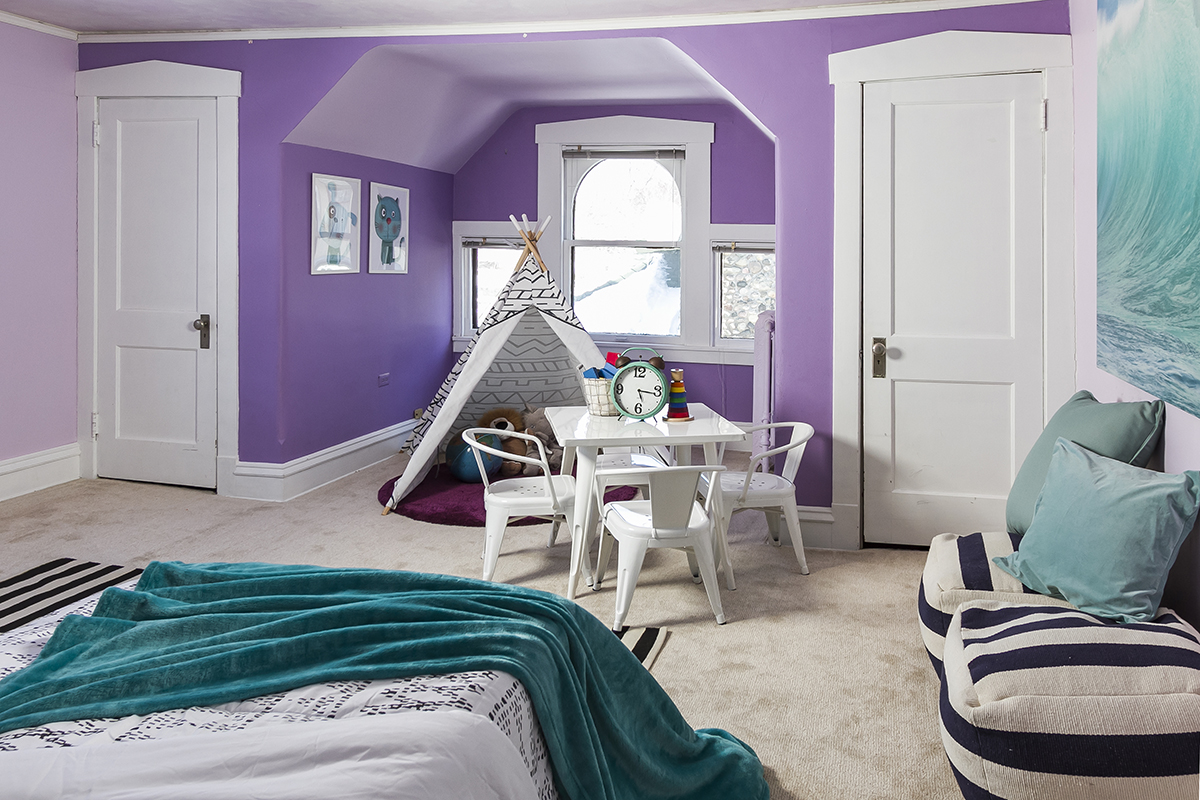What exactly happens when you put your home on the market? There are plenty of online guides designed to help sellers get their homes ready to list, but what about the nuts and bolts of getting it on the market? I've had clients ask me simple questions like, "How does the sign get in the yard?" or "How will buyers get in my house?" These are excellent questions often taken for granted by real estate professionals. This post addresses the most basic, behind-the-scenes steps taken when listing a home with a Realtor.
The Paperwork
When working with a real estate agent you'll be presented with several forms to read, understand and sign. At the very least, expect the following:
(There may be others depending on the type of property or type of sale. Condos/townhomes, for example, will have additional requirements pertaining to association documents.)
Agency Relationships in Real Estate Transactions
Seller's Property Disclosure Statement
Listing Agreement
MLS Listing Input Form
Certification to Withhold from MLS
Addendum: Disclosure of Lead-based Paint
Coming Soon Listing Authorization Form
Measuring
Before entering data into the MLS, your agent will need to measure your home to verify room dimensions, foundation size and total finished square feet. This could take an hour or more depending on the size of your house. Tax records and any past MLS listings detailing measurement information may also be used for comparison. Your agent might also work with a photographer who creates floor plans with dimensions and square footage.
Staging
Optional but highly recommended, staging can range from full-service professional staging (filling a vacant house, for example) to minor adjustments using your own decor. Prices and terms vary so shop around. If your home is already furnished, one option is to pay for a 2-hour consultation with a stager to generate a "to-do" list for decluttering, furniture placement, fixture updates or even paint color selection. The going rate for this type of service is about $200-$250. If your home is partially or mostly vacant, you may want to get a bid for adding furniture. Again, pricing and terms vary by stager.
Keep in mind, stagers work more like merchandisers than decorators. Their goals are to figure out who will be shopping for your home and make design choices to target those buyers. They highlight the most attractive features of your home while minimizing less desirable ones. Stagers also work to make your home more photogenic. Web appeal is the new curb appeal so having striking photos that catch people's attention is key to successful online marketing. Skilled stagers understand what looks good in photos and will help you select or position furniture and decor to maximize the effect.
Taking Photos
Once your home is decluttered, cleaned and staged, it's time for photos. Your agent should take high-quality photos for the MLS and any other marketing outlets. I hire a professional photographer who also offers 3D tours, and use drone photography when appropriate. Typically this service is paid for by the agent who will work with the homeowner and photographer to schedule a time to shoot. Plan on a 2-3 hours session, depending on the size of your home. You need not be present during the shoot. The outside shot of your home should match the current season, so I try to schedule photos as close to the live listing date as possible.
Hanging a Lockbox
Your agent will hang a lockbox on or near your door to allow other real estate agents, inspectors and appraisers to access your home when you're not present. Plan on providing extra house keys for the lockbox. The box will either be a manual combination or electronic device. The electronic (or Supra iBOX) version uses bluetooth technology and can only be used by Supra key subscribers using the smart phone app to communicate with the iBox. Each opening is recorded in real time so your agent can view who is accessing the key and when via email notification.
Installing the Sign
The yard sign is your agent's responsibility. The process can take 3-5 days to install from order date. Expect Gopher State One Call to stop by first, marking any underground utilities before the hole is dug and post installed. After closing, your agent contacts the company for removal.
Scheduling Showings + ShowingTime
Listed properties are typically shown by a buyer's agent who requests a time to tour. In this region, the requests are usually made through a third-party site called ShowingTime. The ShowingTime request can be sent via text, email or phone call to anyone, depending on how it's set up. If the home is occupied, it makes sense to have the occupants (whether they be owners or renters) approve or deny access based on their schedules. If it's vacant or unoccupied for a length of time, ShowingTime has a convenient "go-and-show" option granting instant approval.
Customize settings
When listing a property, I work with the home sellers to customize all ShowingTime settings before going live. It's important to know who would like to get notified and how, and what the back-up plan is if a request goes unnoticed. I add myself to the list then watch over the incoming requests to make sure they are being approved in a timely manner. Once a showing is approved, the buyer's agent receives an approval notification with access information (lockbox code, etc.) along with any specific instructions (remove shoes, turn off lights, etc.) Showing are typically scheduled for one hour but duration times can be tweaked in the app.
Get Feedback
After the showing, a feedback request form is automatically sent to the buyer's agent. Listing agents can customize this form to ask specific questions of buyers and their agents, or use the default. Ask your agent to make changes to the form if you're seeking specific input from buyers. The feedback is meant to be shared with homeowners and can be emailed individually as it's received and/or compiled in weekly reports. Home sellers have the option of downloading the ShowingTime app to view feedback and manage showing requests. If you're comfortable with smart phone technology, the app can be useful tool. If not, text or email work just fine. Getting feedback is an important part of the showing process but can sometimes require thick skin. Be prepared for opinions that may differ from yours and ask your agent to follow up with phone calls to get more insight if necessary.
Learn More
If you'd like to learn more about listing your home, let's connect! It's smart to ask questions and I'm happy to provide answers and support. My job is to make the selling process, which can seem overwhelming at first, as simple as possible.

